Description
Pink Streaked Wrasse, Pseudocheilinops ataenia, also go by the name Pelvic Spot Wrasse.
These fish are active and charismatic. They become more colourful with age. As the names suggests, Pink Streaked Wrasse display vibrant orange stripes along their hot pink body. These beauties have purple cheeks and large, bright orange eyes. Their fins are transparent, but their fin spines are yellow or blue. Males and females look like each other. Although brighter stripes and blue markings on the gills, distinguish the males from the females.
Pink Streaked Wrasse, Pseudocheilinops ataenia, Ecology:
These fish live in the Western Central Pacific Ocean. Their range is around the Philippines and Indonesia. Pink Streaked Wrasse live mostly in sheltered or coastal coral reefs. They swim around in loose aggregations, darting amongst the coral branches, they use for protection.
The complex structures of the coral branches help the wrasse avoid predation. Unlike some species, Pink Streaked Wrasse do not bury themselves to sleep or hide. Instead, they have an incredibly nifty trick. In order to sleep safely, these fish find a nook and envelope themselves in a protective mucus coat. Supposedly, this hides the wrasse’s scent from predators. These sticky invisibility cloaks do not degrade your water quality like some coral wax jackets might.
Pink Streaked Wrasse feed on small crustaceans. They have been known to eat pest species in captivity, such as flat worms and nudibranch. We recommend consulting a member of staff if pest control is what you are after. They are also protogynous hermaphrodites. Which means that, when they get old enough, breeding females transition into a male. As a result, all juveniles are immature females.
Pelvic Spot Wrasse in the Aquarium:
It is important to imitate the natural environment by providing plenty of nooks and crannies for the wrasse to hide in. Hobbyists should invest in a jump guard to prevent any unfortunate mishaps.
Pink Streaked Wrasse do best when fed a varied diet. They will accept enriched frozen mysis shrimp and enriched frozen brine shrimp. They will also devour live foods, such as copepods and amphipods, that can be cultivated in attached refugium. Over time they will accept high-quality pellet or flake. We adapt all our wrasse to aquarium life before they leave us. We focus on their health, and most are eating a good quality flake food and/or pellet, such as JBL Maris, before being offered for sale.
The Fish pictured here are representative only and the livestock you receive may vary in pattern, coloration, and shape.

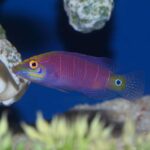
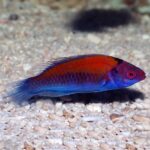


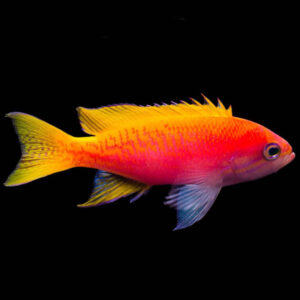
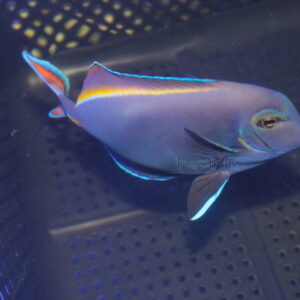
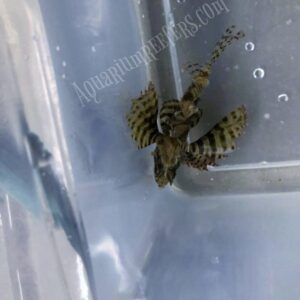

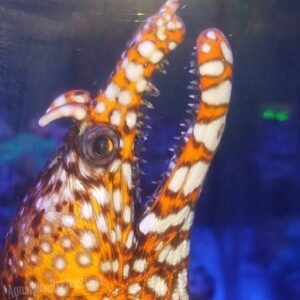 Dragon Eel
Dragon Eel
Reviews
There are no reviews yet.